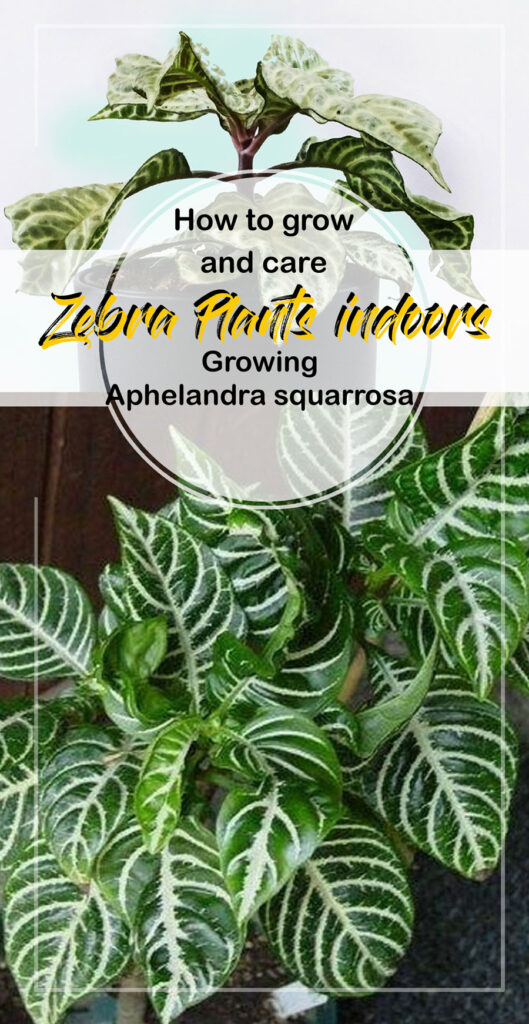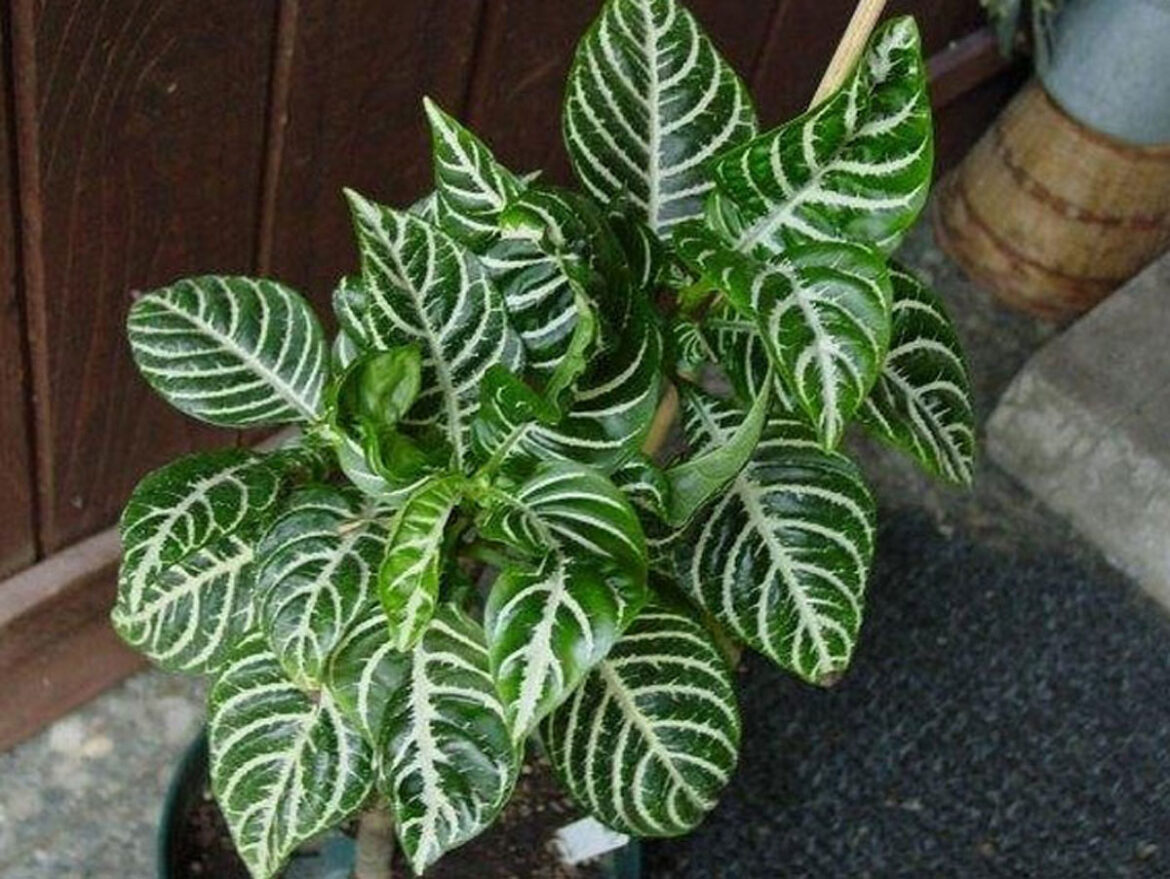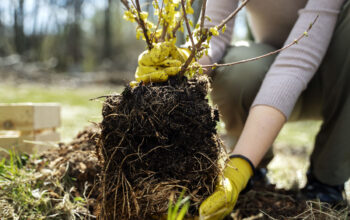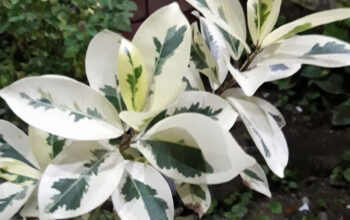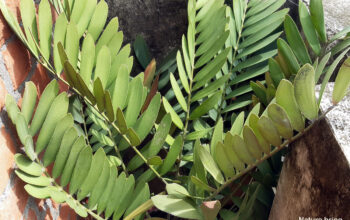Zebra Plants (Aphelandra squarrosa)
Generally grown indoors, zebra plants (aphelandra squarrosa) are characterized by their dark green leaves with white veins. This plant is a part of the Atlantic Forest vegetation of the eastern coast of Brazil. There is nothing like the bright flowers on this plant to make it stand out. The zebra plant bears tall golden bracts, which can extend to several inches in length, about two to four per branch, usually in late summer or early autumn. Three years is the average growing time for the indoor zebra plant, which acquires maturity at a height of a couple of feet.
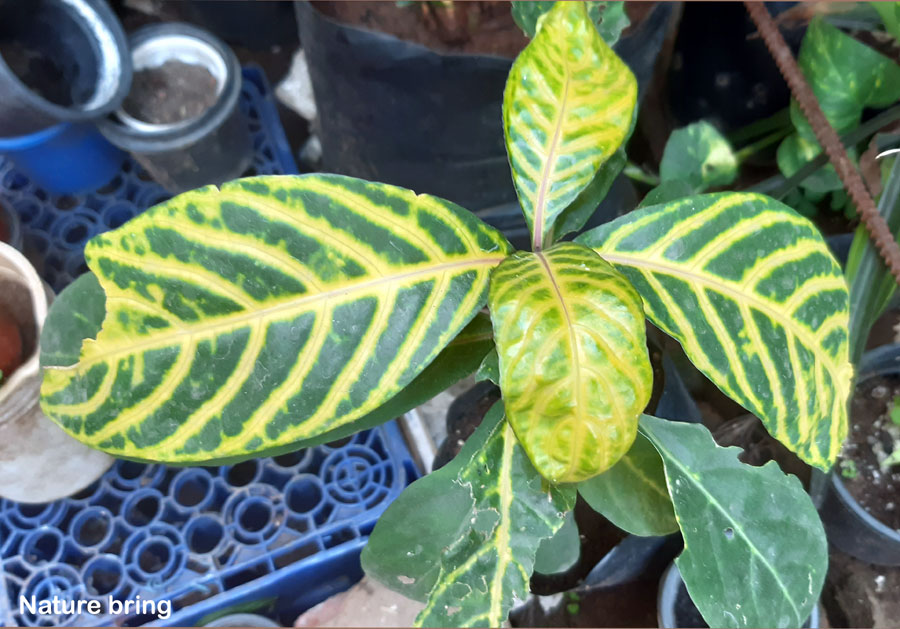
Overview zebra plant
Scientfic name Aphelandra Squarrosa
Common name zebra plant
Plant type Annual Houseplant
Sun indirect light or partial shade
Soil well-drained neutral to acidic soil
Soil pH 5.6-6.0
Blooming time fall and summer
USDA zones 10-11
How to Grow and Care for Zebra Plant
This plant grows very slowly, advancing its full height of only a few feet in three years. It is unlikely that you will have to repot your plant very often.
Growing from Cuttings
Use stem cuttings from your initial plant to propagate your new zebra plant in spring.
-The stems of the plant should be cut into 2- to 3-inch-long sections with a sharp, disinfected cutting instrument.
- Make sure the cut ends are treated with a rooting hormone to boost your chances of propagating successfully.
- In case your room does not hold a temperature of around 70 degrees naturally, position the stem ends in a pot filled with moist soil.
- It is also important for the stems to develop robust roots, so it may be helpful to place plastic wrap over the top of your pot or to grow in a covered terrarium.
- It can take between a month and a half for roots to grow. You’ll want to observe the leaves developing on the top of the plant, as that indicates growth beneath the soil line, too. As soon as the root system of the propagated zebra plant starts to grow, it needs to be repotted.
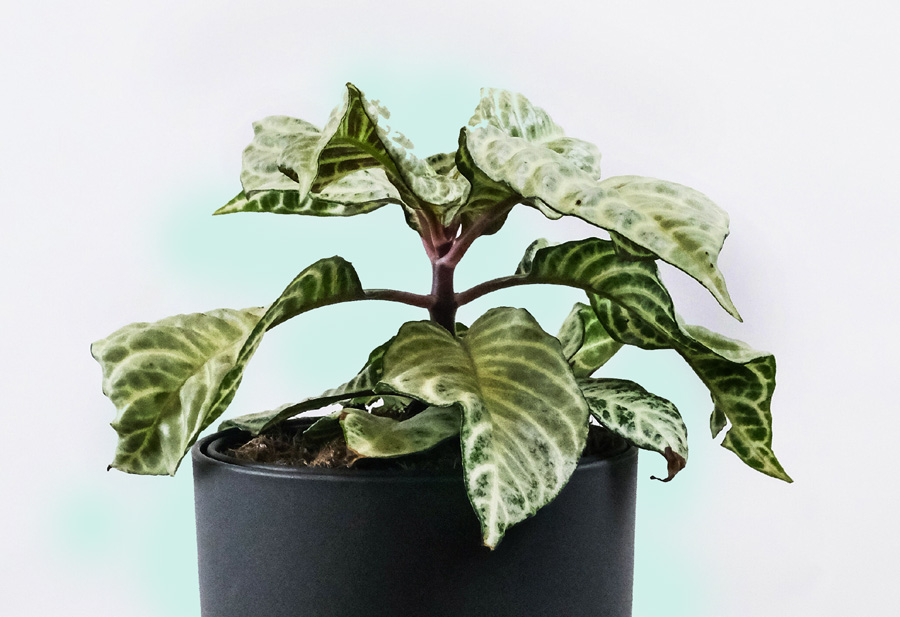
Sunlight
Since zebra plants are accustomed to evolving under a canopy of trees in tropical climates with warm and humid circumstances, they flourish in indirect light or partial shade. If the leaves are exposed to direct sunlight, they may scorch, however, they will not blossom if they are completely shaded. It is difficult for zebra plants to adapt to low-light conditions.
Watering
It is recommended to water your Zebra plant when the soil is dry in the top 25%. Guarantee the saucer is comprehensively wet, and that any extra water is emptied to control root rot. If water is sprayed directly on the leaves, crown rot can result. Water can channel down the stems and cause rot to develop. It is recommended that your water temperature is a little lukewarm so it simulates a drenching rainstorm in warmer climates, but only water from under the leaves, never from above.
Soil
A well-drained soil that maintains moisture for several days is excellent for zebra plants. Ideally, you should mix potting soil, peat moss, and perlite in equal amounts. It is most effective for zebra plants to thrive in neutral to acidic soil. It is best to produce a zebra plant in a multipurpose potting mixture. Additionally, you can add sand to the mixture to make sure it drains easily. If you would like your plant to flower, feed it once every one to two weeks through its growing season (spring and summer).
Temperature and Humidity
Zebra plants thrive in moderate temperatures due to their origins – they should never dip below 55 degrees Fahrenheit, nor should their planting area reach 60 degrees.
The zebra plant also requires a high level of humidity in its home, so a humidity level between 60 and 70 percent is ideal. The humidity levels can be increased by using a humidifier if these conditions cannot be achieved naturally indoors. If your zebra plant needs a mild misting, you can use a spray bottle filled with lukewarm water. Keeping your plants at an even temperature is important.
Fertilizer
When the spring and early summer months arrive, fertilize your plant every other week with a water-soluble fertilizer formulated for flowers and foliage. It is important to fertilize your zebra plant in the late summer and early fall to ensure it blooms as soon as possible. Don’t fertilize your plant if the soil is dry; make sure you water it before you feed it. There is no risk to humans or pets from your zebra plant.
Read also:
Growing secrets for Calathea plant indoors. Growing Pitcher Plant at Home.
For pin:
